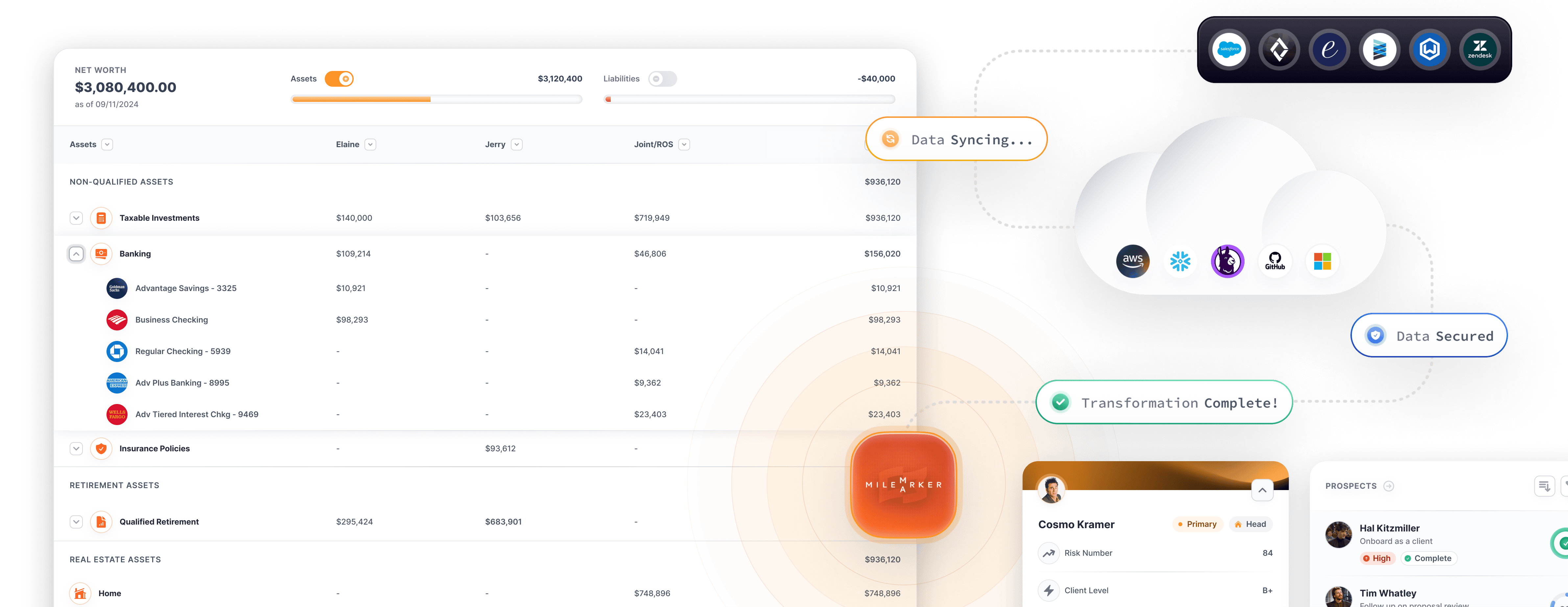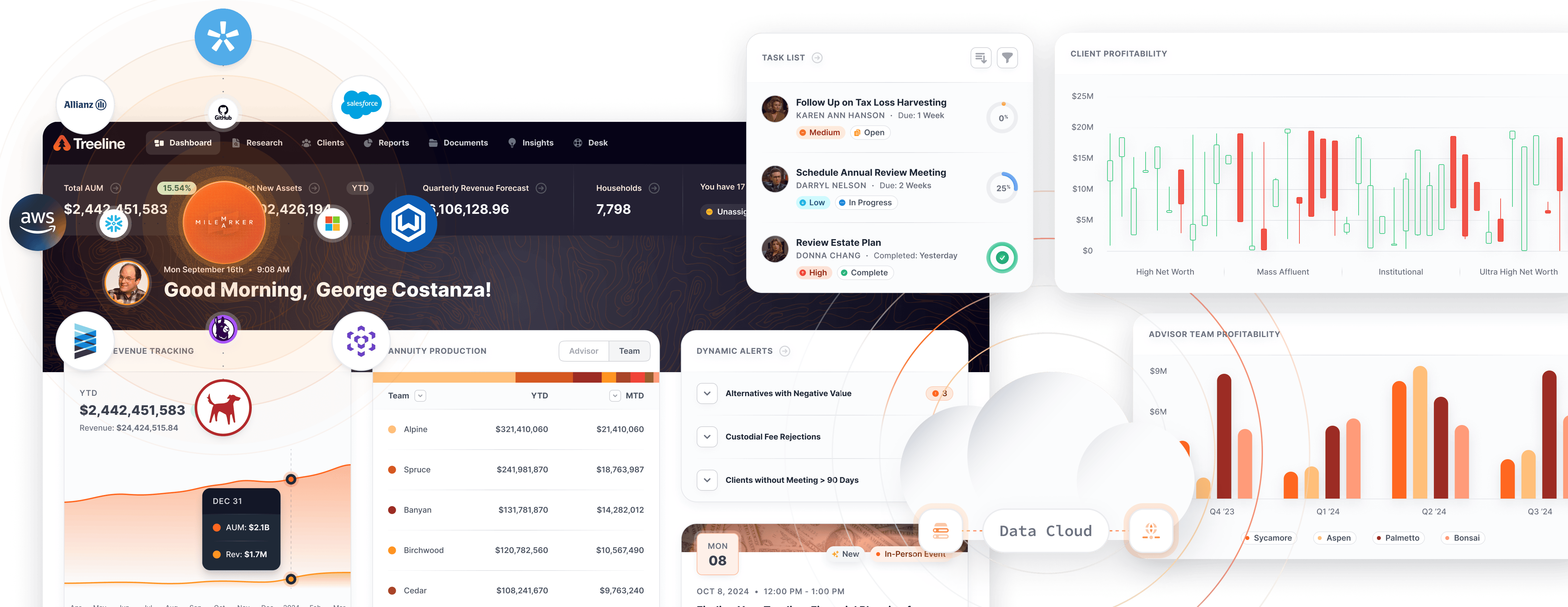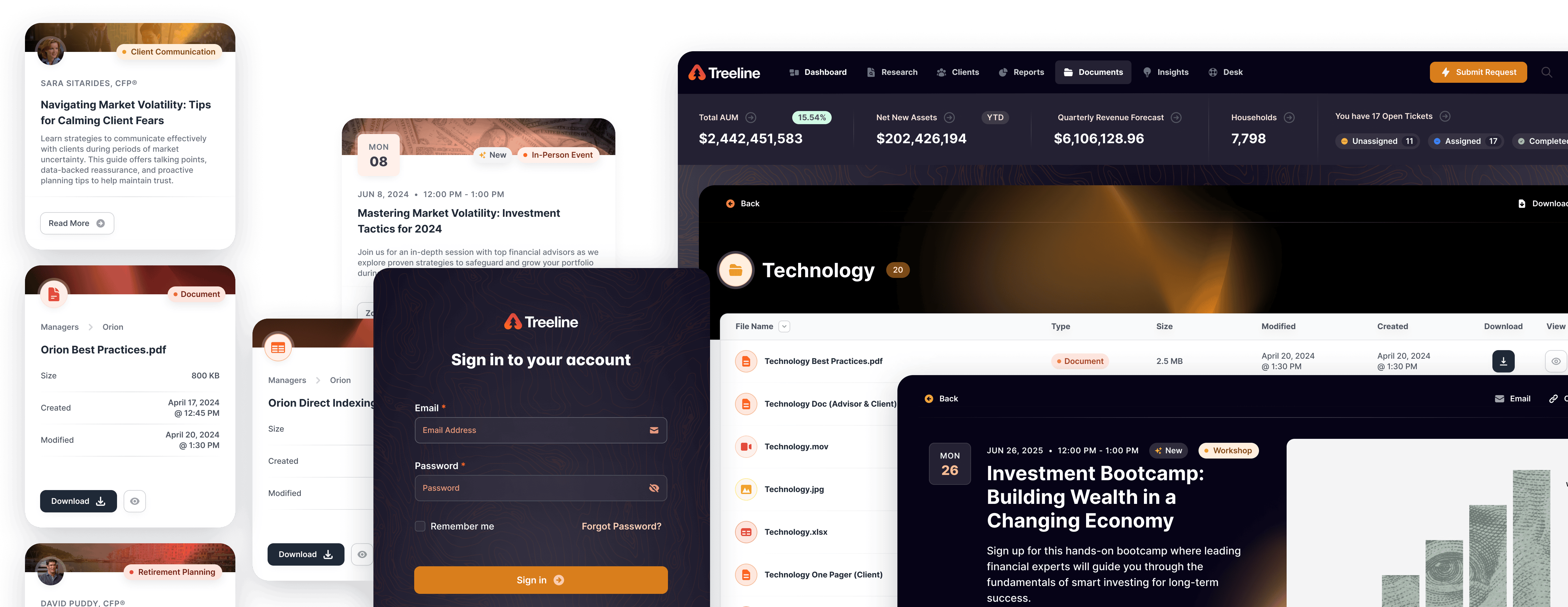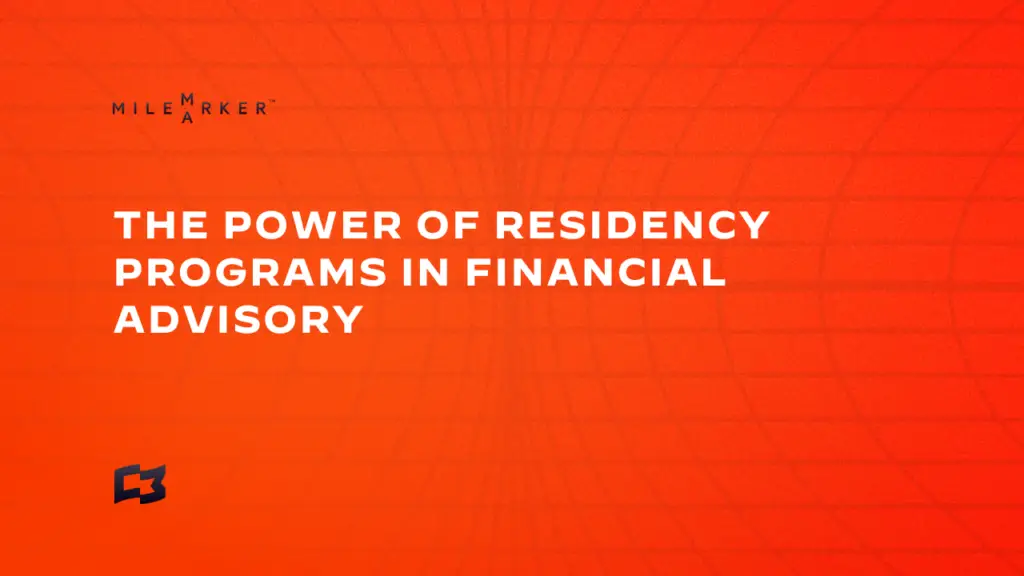The Strategic Value of Residency Programs
In today’s competitive talent landscape, finding skilled advisors who align with a firm’s values can be challenging. Residency programs in financial advisory offer a strategic solution by cultivating talent internally. Instead of hiring externally and risking a cultural mismatch, firms like Apella Wealth build a pipeline of future advisors through immersive, structured learning experiences.
Hands-On Experience with Real Clients
One of the key advantages of residency programs is experiential learning. New advisors aren’t just shadowing—they’re actively working with real accounts under the supervision of seasoned professionals. This gives residents a realistic preview of the role and builds their confidence and capabilities from day one.
Accelerated Learning Through Immersion
Traditional onboarding can take months. Residency programs condense this timeline by immersing new advisors in the firm’s day-to-day operations. At Apella Wealth, residents learn everything from portfolio strategy to client communication, ensuring they grasp the firm’s mission, methods, and expectations quickly and thoroughly.
Reinforcing Culture and Consistency
Culture is one of the most valuable assets in any advisory firm. Residency programs help maintain that culture by training advisors from the inside out. Residents adopt the company’s philosophy, decision-making frameworks, and approach to client care—creating a consistent experience across all client touchpoints.
Long-Term Growth Through Talent Development
Residency programs are not just about training—they’re a long-term investment in growth. By nurturing talent internally, firms reduce turnover, improve retention, and create a leadership bench for the future. As Patrick Sweeny shares, this approach has positioned Apella Wealth for sustainable, scalable growth.
Inspired by The Connected Advisor podcast featuring Patrick Sweeny,Chairman and CEO of Apella Wealth and Co-founder of Symmetry Partners, learn how firms can build an internal culture of growth. Listen to the full episode here and explore more articles in this series.
















